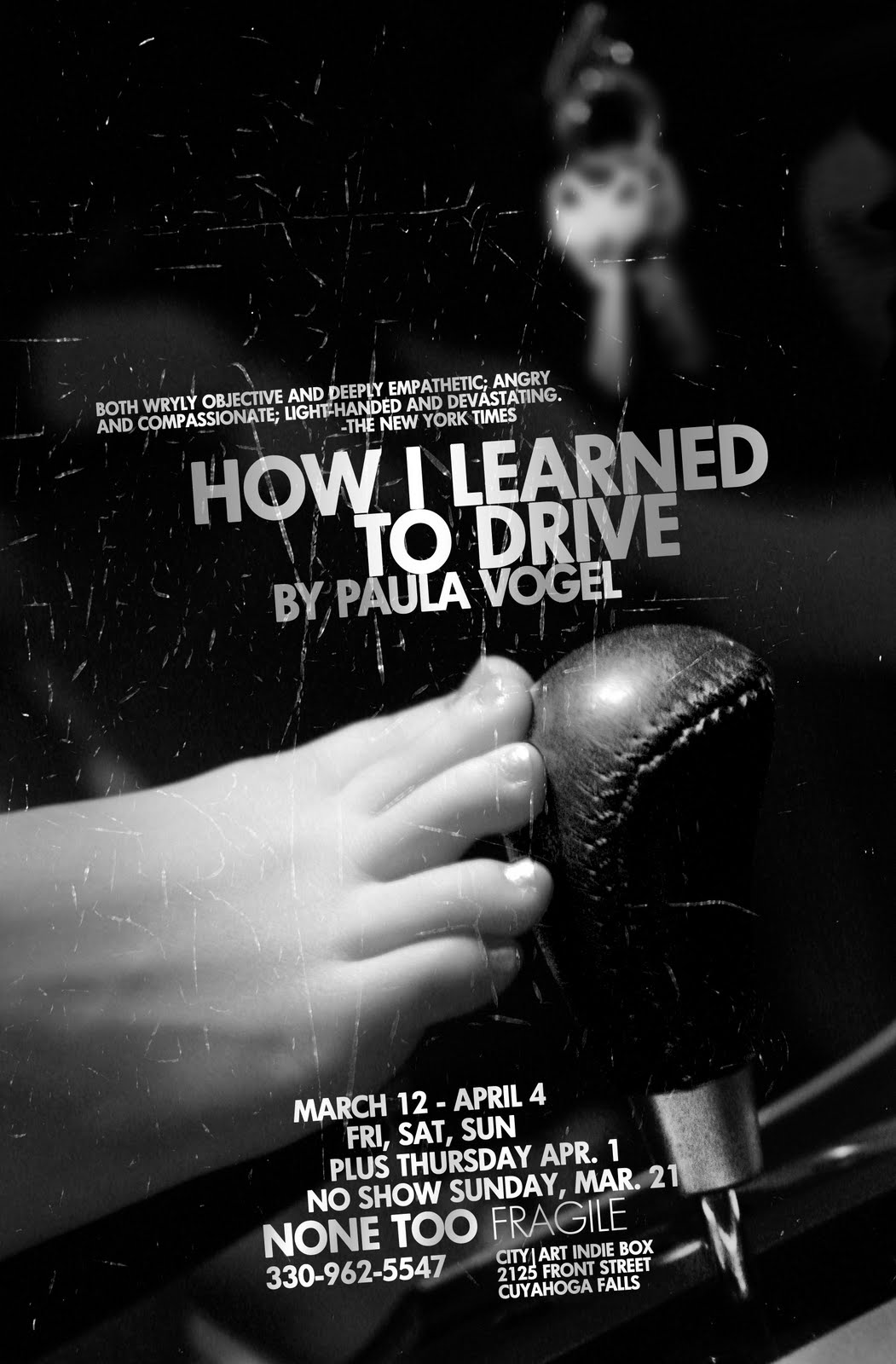

Her humanitarian efforts have been recognized by the Los Angeles Country Commission, GLAAD, and OUT Magazine and her work on behalf of the LGBTQ community has been recognized by the Hetrick Martin Institute and the NY LGBTQ Center. You was published in November 2015 and translated into five languages. Mary-Louise was an on-staff contributor to Esquire magazine for over a decade and her writing has appeared in The New York Times, O magazine, Bullett, Bust, The Riveter, In Style, Hemispheres, and others. Recipient of the Tony award, The Emmy, Two Golden Globes, The Satellite Award, Two Obies and Two Lucille Lortel Awards, as well as The Drama Desk, Outer Critics and Drama League Awards, The Clarence Derwent and Theater World Awards, and more. Driving can be discussed as a perfect metaphor to explain the variety of challenges in the life of any. However, this idea comes to mind only after the play’s ending because it is necessary to cope with many emotions and feelings caused by the viewed scenes.

Film: Red Sparrow, Red and Red 2, Behaving Badly, The Portrait of A Lady, Golden Exits, The Client, Fried Green Tomatoes, The Assassination of Jesse James, Boys on the Side, Red Dragon, The Five Senses, R.I.P.D, Howl, Solitary Man, Romance & Cigarettes, and more. This idea is reflected in Paula Vogel’s play How I Learned to Drive (1997). Mercedes, Billions, Sugartime, The Robber Bride, Saint Maybe, A Place for Annie and more.

Television: Angels in America, The West Wing, Weeds, When We Rise, Mr. Mary Louise Parker's Broadway and off-Broadway credits include Prelude to A Kiss, Proof, How I Learned To Drive, Heisenberg, The Snow Geese, The Sound Inside, Reckless, Hedda Gabler, Four Dogs And A Bone and more. How I Learned to Drive, first produced in 1997, made an even bigger splash, tackling often taboo issues such as incest, pedophilia, and sexual abuse.


 0 kommentar(er)
0 kommentar(er)
